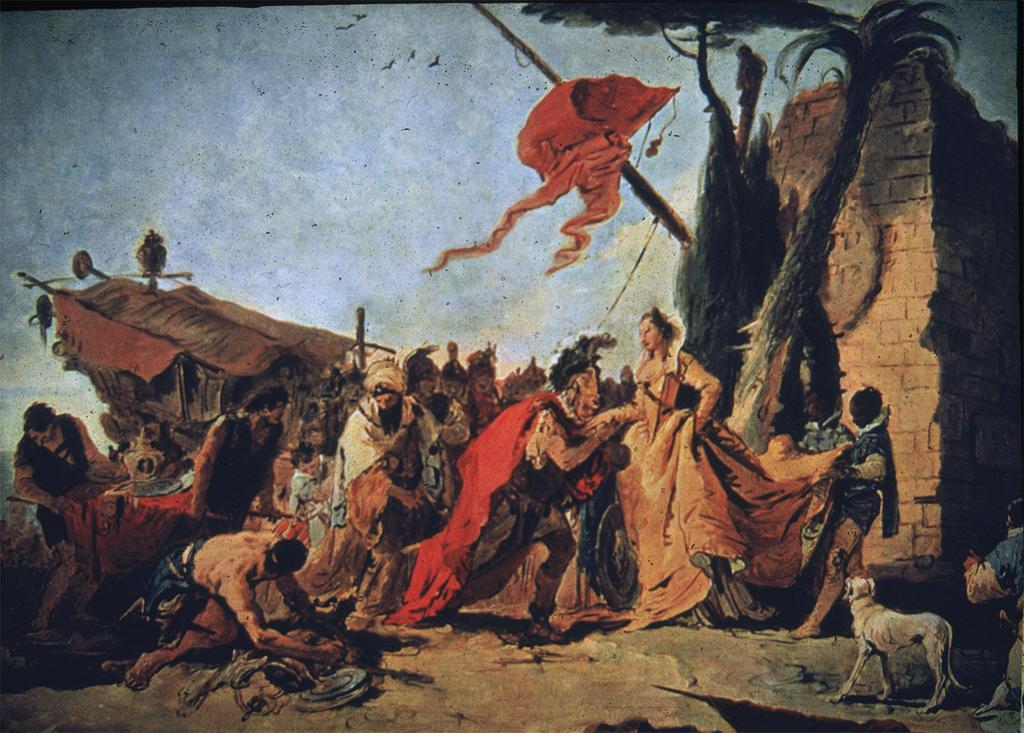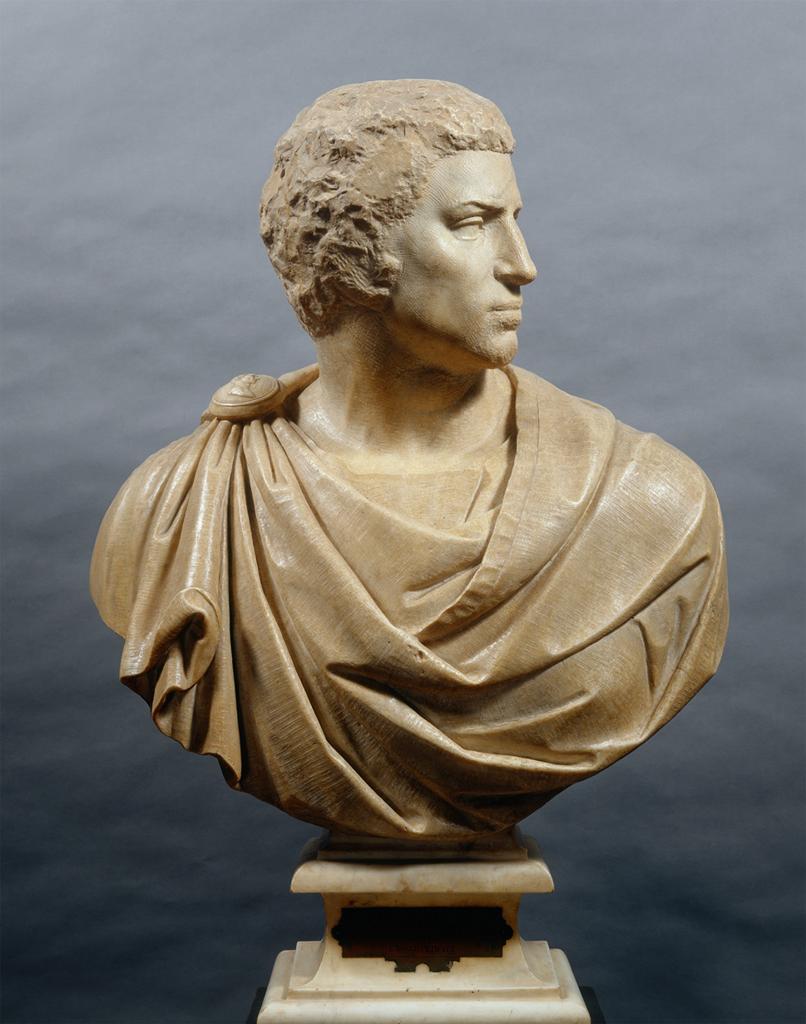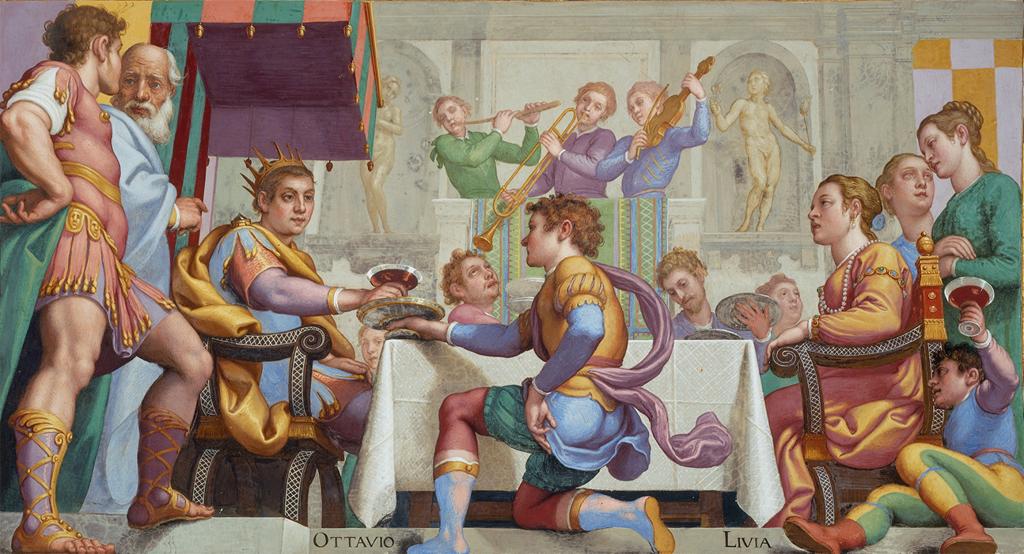By the fall of 42 BCE, a little more than two years after they had assassinated Julius Caesar, the Roman senators Brutus and Cassius had managed to raise more than 80,000 troops still loyal to the idea of the Republic. The inevitable showdown between these forces and those of similar size commanded by Mark Antony and Octavian took the form of two pitched battles separated by an interval of three weeks, on the plain of Philippi in northern Greece. Cassius suffered defeat at the hands of Antony and Octavian at Philippi and immediately afterward committed suicide. On 23 October, Brutus lined up his troops for a final go at his opponents, and was also vanquished. Soon afterward, he too took his own life.
The conflicted character of Brutus, a traitor to his personal friend Caesar who seemed nonetheless to sincerely oppose the replacement of the Republic with a tyrant, has been an intrigue to writers and artists since.
Octavian of course later became Augustus himself, confronting and defeating Mark Antony in the Battle of Actium in 31 BCE.
Reference: Don Nardo, “Battle of Philippi.” The Greenhaven Encyclopedia of Ancient Rome. San Diego: Greenhaven Press, 2002, 266.
The Temple of Dendur, 15 BCE. Ocatavian, as ruler of Egypt, had himself depicted in the traditional regalia of the pharaoh. As Caesar Augustus, he had many temples erected in the Egyptian style, honoring Egyptian deities. This small temple also honored the goddess Isis and beside her Pedesi and Pihor, deified sons of a local Nubian chieftain. The Metropolitan Museum of Art, 68.154.
Giovanni Battista Tiepolo, Meeting of Mark Antony and Cleopatra, 1696-1770. National Gallery, London. Photo: University of California, San Diego.
Michelangelo Buonarroti, Brutus, c. 1539. Museuo nazionale del Bargello, Florence.
Marble portrait bust of the emperor Gaius Julius Caesar Germanicus, known as Caligula. Caligula commissioned this portrait of himself in the appearance of Octavian. The Metropolitan Museum of Art, Rogers Fund, 1914. Acessiion Nr. 14.37.
Domenico Cresti, Banquet of Octavian and Livia, 1599. Painted fresco made for Grand Duke Ferdinando at Salone Pubblico, Villa medicea, Artimino. Scala Archives, Florence.
Further Reading:
Si Sheppard. Philippi 42 BC: The Death of the Roman Republic. London: Bloomsbury, 2008.
Kirsty Corrigan. Brutus: Caesar’s Assassin. Barnsley, United Kingdom: Pen and Sword, 2015.




